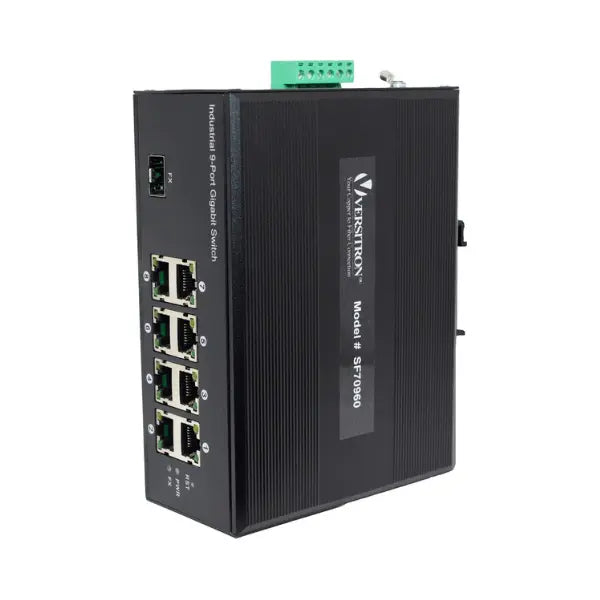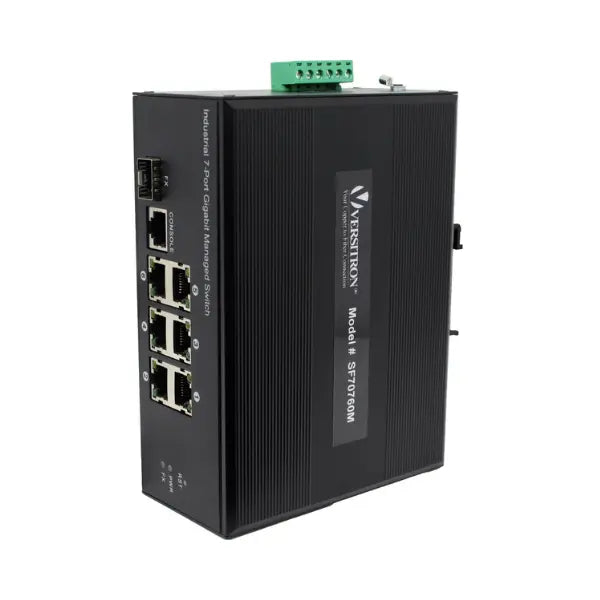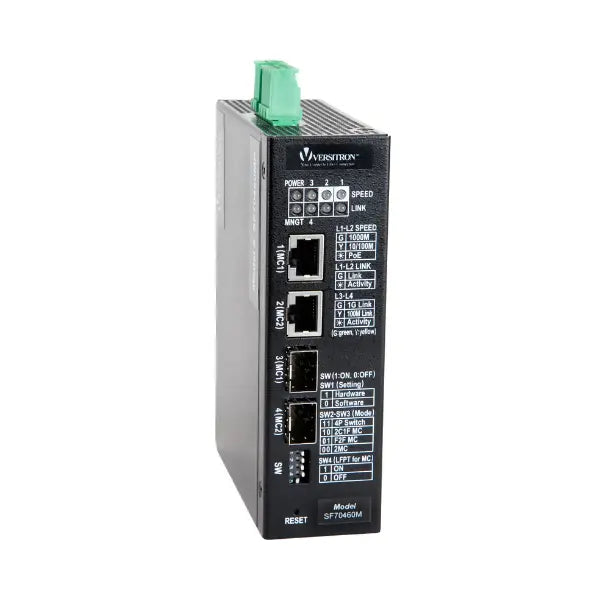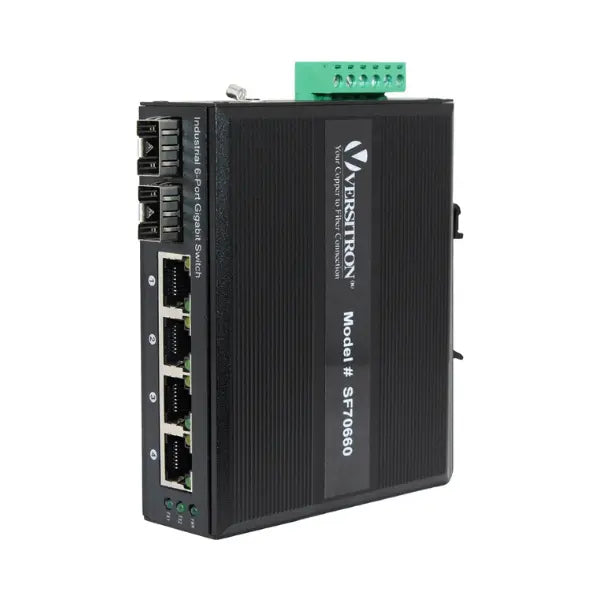Network latency is not a new term. In modern Ethernet switches, network latency plays a key role in performance measurement, especially for clustered computing applications and high-performance networks. Most of us have heard about network latency, but don’t know what is it is exactly. This post explores everything about network latency- what it is? What causes network latency? How to minimize it in Ethernet switches? So, stay tuned.

Understanding Network Latency in Ethernet Switches
The term network latency indicates delay in data communication over a network. Network latency in an Ethernet switch or an Ethernet switch latency represents a specific time an Ethernet packet spends traversing through a network switch.
A network in which a long delay occurs is called high-latency network, while network that suffers from small delays are called low-latency networks.
Ethernet switch latency can be defined in two ways – one-way latency and round-trip latency. Most of the time it is usually measured as a round trip delay – the total time an Ethernet packet takes to travel from its source to destination.
Nowadays, the round-trip delay is an important measure as the device uses TCP/IP network protocol to send the specific data to its destination and waits for an acknowledgement to come back before sending another one. Thus, this method has a key impact on the performance of the network.
What Causes Network Latency?
The previous sections answered what is network latency. Now, this section focuses on the reasons for latency. Many factors affect the network latency time. The following are some possible contributors to it.
- Transmission mediums, including wide area network (WAN) fiber optic cables, have certain limitations and can affect network latency due to their nature.
- Sometimes switches or routers need more time to analyze the header information of a packet. In many cases, they need to add some required information. Thus, it takes extra time for a packet to traverse through an Ethernet switch.
- Storage delays occur when a packet suffers from storage or disk access delays at transitional or intermediate devices like bridges and switches.
- Anti-virus and security processes can cause network latency as they need time to finish message recombination and disassembling before sending.
- Delay can also occur due to software bugs from the user's end.
How to Minimize Network Latency with Ethernet Switches?
There are different techniques used to reduce network latency with Ethernet switches. They are as follows:
- Expand Network Capacity: One of the simplest and most efficient techniques to reduce latency and collision is to provide the needed capacity using your Ethernet switch. Do check whether the switch can provide you with a feature to expand the network capacity. Ethernet switches that have zero packet loss help improve network performance. Link aggregation control protocol, abbreviated as LACP, is one standard feature that helps build better network performance by trunking ports.
- Utilize VLANs to Segment Network: Ethernet switches with virtual local area network or VLAN (set of end stations) features can easily send network traffic to its destination based on port, dynamic VLAN assignment, MAC address and more. VLAN supports Layer 2 and Layer 3 Ethernet switches which offers benefits of both routing and bridging.
- Use Cut-through Technology: This technique is for the packet-switching system, aiming to minimize network latencies. Cut-through switching reduces network latency using the switch when an Ethernet switch begins packet forwarding before the entire packet has been received, as soon as the end address is processed. But, this technology only works well with ports of the same speed.
Why Does Network Latency Matter?
Network latency is the amount of time it takes for data to travel from one point to another on a network. It is a critical factor that can affect any network-based system, including websites, applications, and cloud services.
Here are some reasons why network latency matters:
-
Experience:
Latency can affect network-based systems' user experience. For example, when browsing a website, latency can cause delays in page load times, leading to frustration and potentially driving users away. -
Productivity:
Network latency can significantly impact productivity. For example, slow network speeds can cause delays in accessing files or applications, leading to wasted time and reduced efficiency. -
Revenue:
For businesses that rely on network-based systems, latency can impact revenue. Slow page load times can lead to decreased conversion rates for ecommerce sites. In addition, slow network speeds can impact employees' ability to access critical systems, leading to downtime and lost productivity. -
Customer satisfaction:
Network latency can impact customer satisfaction, leading to lost business and negative reviews. For example, slow page load times or delays in accessing customer service can lead to frustration and dissatisfaction with a company's services. -
Network performance:
Latency can impact network performance. High latency can cause network congestion, leading to dropped packets and reduced bandwidth, which can impact other network-based systems.
The above-mentioned tips help minimize network latency with Ethernet switches. To minimize network latency, it is important to not only focus on switches that comprise the network but also comprehend the latency and latency variation of the network system. If you are looking for Ethernet switches to gain better network performance, then make sure you source them from a reliable manufacturer and supplier like VERSITRON. The company offers high-quality Ethernet switches which ensure the highest performance for the most demanding applications.
FAQs
Latency in networking refers to the delay in data communication over a network, representing the time taken by data to traverse the network. Longer delays indicate high latency, while shorter delays indicate low latency.
You can check network latency using various tools and techniques like,
- Ping
- Traceroute
- OWAMP
- TWAMP
- iPerf
Here are different techniques used to reduce network latency. They are as follows:
- Expand Network Capacity
- Utilize VLANs to Segment Network
- Use Cut-through Technology
In high-performance networks, such as those used for real-time analytics, high latency can affect application performance and, in severe cases, lead to system failures.













